Sacred is: at the Merz Foundation in Turin, an exhibition by eight young artists on the theme of the sacred
The Merz Foundation in Turin is hosting from Monday, March 18 to Sunday, June 16, 2024, the exhibition Sacro è, an exhibition project curated by Giulia Turconi in which eight young artists reflect on the concept of the “sacred,” which begins as an intimate and private manifestation and then extends into a universal and collective vision, suggesting a return to a communal and human social dimension. Protagonists of the exhibition project are the works of Tiphaine Calmettes, Matilde Cassani, Giuseppe Di Liberto, Lena Kuzmich, Quỳnh Lâm, Tommy Malekoff, Lorenzo Montinaro and GianMarco Porru. The title of the exhibition takes its cue from a quote from Franco Arminio’s poetry collection Sacro Minore.
It begins with Matilde Cassani ’s installation Tutto (2018), which nvites visitors into the gallery, transforming the space into a threshold to cross. The work, part of a project for Manifesta 12 in Palermo, displays a red cloth with the words “TUTTO,” stimulating reflections on collective memory and folk traditions. It highlights the complex system of evolving political, social and cultural realities. The first room hosts the site-specific performance Sparge Death (2022-2024) by Giuseppe Di Liberto, which explores the theme of death and associated rituals. In collaboration with Davide Di Liberto and madrigal composer Carlo Gesualdo, the permanent set design recalls the Sicilian Corpus Christi celebrations. In the Merz Foundation, backlit plastic sheets evoke votive candles, with shadows of bodies, sounds and voices, creating a dramaturgical composition. It continues with Quỳnh Lâm’s installation Tell the whole truth but tell it obliquely (2024), inspired by a poem by Emily Dickinson, which explores the concepts of life, death and sacredness. Flowers laid on the ground, next to the colorful composition Flowers Obscuder (2019), become metaphors for questioning the meaning of time, provoking reflections on life and its natural evolution. GianMarco Porru, with the installation Uma Fonte (2023-2024), explores the meaning of water in religious traditions, reflecting on its role as a protagonist. Created during a residency in Rio de Janeiro, the work simulates a fountain and connects the spirituality of water to Brazilian collective architecture. The exhibition continues with Tiphaine Calmettes’ sculptures, creating a familiar environment where the visitor is invited to participate, especially in the kitchen spaces. Using earth and clay, Calmettes’ works undergo the transformations of time, remaining in constant evolution. With Soupe primordiale (2022), the artist places the artwork in a cozy space, recalling the concept of the “primordial soup” from which life originated. Lorenzo Montinaro explores memory through personal memories in C’eri (2022), an installation of extinguished blue tapers from churches and Milan’s Monumental Cemetery. These tapers lead to the following Untitled (Epilogue) (2024), where kneelers marked by combustion address the remains of an altarpiece in a delicate reflection on silence. The exhibition continues with Tommy Malekoff and the work Desire Lines (2019), a two-channel video that explores the boundary between sacred and non-place through parking lots, seen as spaces rich in possibility and ideal for activations and rituals. Lena Kuzmich ’s video installation Chimera (2022), on the other hand, explores queer ecology and nonbinary life in the natural environment, challenging notions of scientific and aesthetic creation.
The artists’ works dialogue with works by Mario Merz and Marisa Merz, along with a screening of Pier Paolo Pasolini’s film Teorema. This series of eight events, from March 23 to June 16, 2024 at the Merz Foundation, investigates hidden sacredness and human mortality. The exhibition is supported by the Piedmont Region, with thanks to the City of Turin and Kuhn & Bülow. Fondazione Merz is also presenting, from March 21 to May 12, 2024, an unprecedented development of the exhibition Happy Days? curated by Agata Polizzi, running in the spaces of the ZAC Pavilion at the Cantieri Culturali alla Zisa in Palermo. The new exhibition project, realized as part of the ZACentrale project, is titled Happy Days? what happens, what can happen, and takes up the creative languages fielded by Yuri Ancarani, Per Barclay, Joanna Piotrowska, Genuardi/Ruta and Chen Zhen in the exhibition Happy Days?, triggering an evolution that opens to new reflections and creative experimentation of the work of Silvia Giambrone and the new lunge conceived by Francesco De Grandi in dialogue with the exhibition path.
“The focus is on the dimension of the sacred that can be found in the grandiose ability to recognize the wonder of existence and its subterranean poetry in everyday life. Through the works in the exhibition, the desire is to return to an everyday, minuscule sacredness so that it becomes a new starting point from which to renew our gaze towards the world, which increasingly seems overwhelmed by hatred, anger and indifference,” explains curator Giulia Turconi.
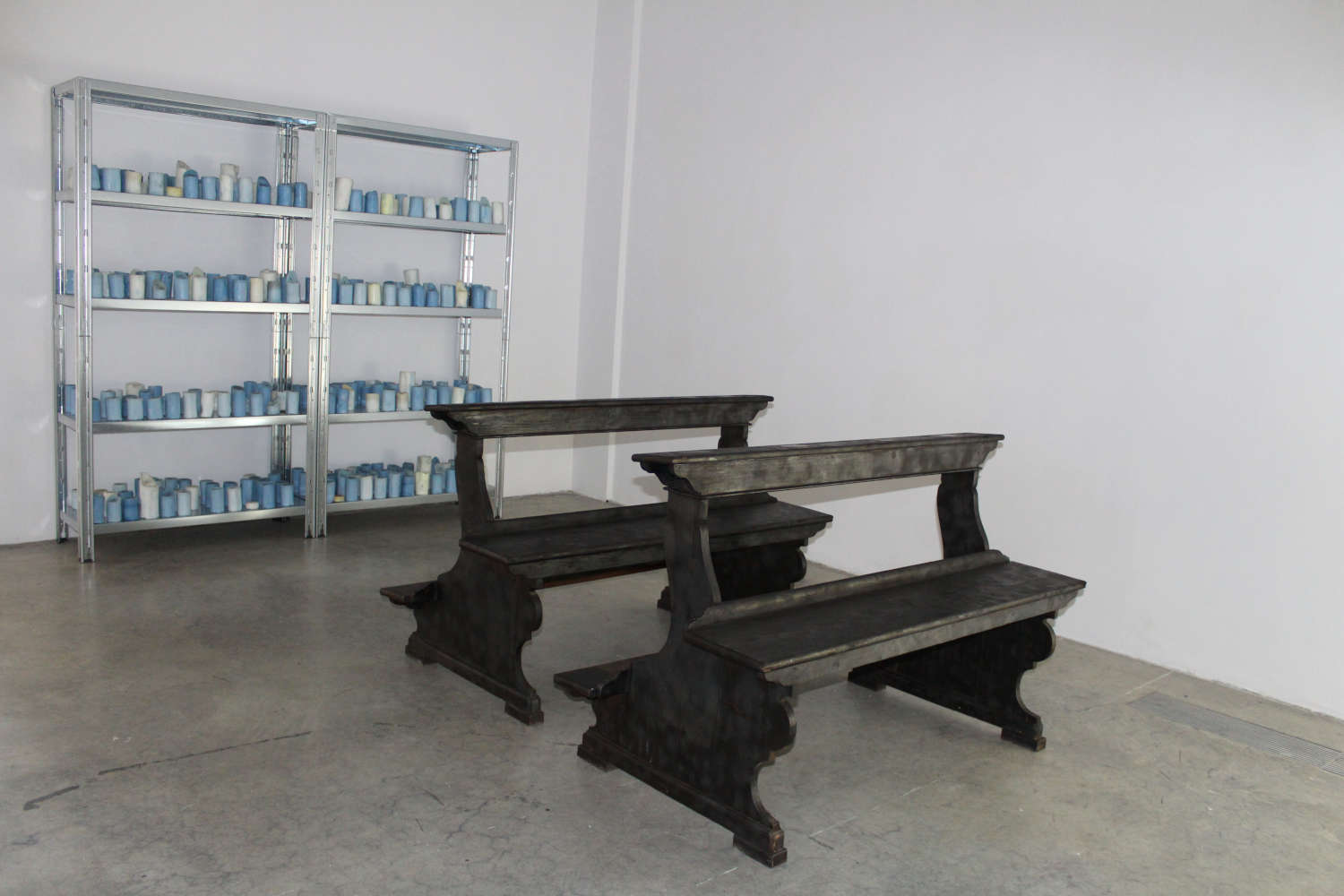
Notes on the artists
Tiphaine Calmettes (Ivry-sur-seine, France, 1988)
Tiphaine Calmettes in her artistic practice encompasses sculptures, installations and performances focusing on the relationship of human beings with their surroundings, including non-living forms. This analysis is addressed through the symbolism of food, a primary need that generates interdependence among different life forms. Referring to studies in anthropology and history, his focus is on our different ways of being in the world and how they can be rethought by reviving forgotten practices and knowledge; he therefore often refers to ancestral, mythological tales and collective practices.
Matilde Cassani (Domodossola, Italy, 1980)
Matilde Cassani moves on the border between visual arts and architecture, interested in designing objects, installations, displays, visual communication and investigations of spaces and architectures stretched towards the performative dimension. Her practice focuses attention on the spatial implications of cultural pluralism in the contemporary Western city: fundamental to her research are cultural differences as a motif of city design, collective memory, popular traditions and the investigation of rituals as real archaeological excavations from which to draw objects, reconstructions of environments and gestures to be told in a different light.
Giuseppe Di Liberto (Palermo, Italy, 1996)
Giuseppe Di Liberto, a visual artist, explores one of the most unknown and mysterious themes to human beings, death. His intent is to investigate, through his works, the rituals and dynamics that revolve around it, focusing on the social, cultural and political aspects that can be discerned in the contemporary, particularly in the Western tradition. His artistic practice is not limited to one formal channel, but evolves according to the different expressive needs of the work, resorting mainly to sculpture. The installation space, therefore, is conceived as an integral part of the work itself, becoming the medium through which to establish a relationship between the individual elements.
Lena Kuzmich (Vienna, Austria, 1998)
Lena Kuzmich is a nonbinary and multidisciplinary artist, her work is a fluid remix of photographic and video fragments taken from pop and subcultures through which she outlines alternative visions of society. Imaginative landscapes, hybrid representations of the body and technology collectively become a portal beyond notions and preconceptions about the world and our identity within it. In his practice, the artist gathers content from science, art, social theory, pop culture, subcultures and historical myths to assemble collage-like worlds through the use of various editing software.
Quỳnh Lâm (Saigon, Vietnam, 1988)
Quỳnh Lâm is an interdisciplinary artist with a background in architecture. Her research interests include post-conflict trauma, reconstructed memories, and displaced identities. Engaged in conceptual and archival projects, she has created a diverse body of work in performance, video, painting and installation that highlights the tensions between personal and collective memory; particularly regarding her experiences as a Vietnamese woman both in her home country and abroad.
Tommy Malekoff (Virginia, USA, 1992)
Tommy Malekoff in his work, through video and photography, focuses attention on insular worlds and displaced phenomena within the American landscape. The use of video allows him to show the world outside of his own space by presenting it to people in a way they have never seen it, for the artist believes that many things are more surreal than they appear. His videos therefore focus on interrupted or manipulated ecologies, often capturing moments where concrete life gives way to abstraction.
Lorenzo Montinaro (Taranto, Italy, 1997)
Lorenzo Montinaro, a visual artist, reflects on the theme of memory in his research, and to do so, in recent years, he has chosen as a starting point the old tombstones recovered by stonemasons near cemeteries: he takes them and erases part of their inscriptions with a slow and ritual work of stonemasonry. The epitaphs he creates express Montinaro’s intimate relationship with death and its facets, adopting a metalinguistic discourse. His artistic practice does not aim to exorcise a fear, but rather to open a path toward reflection and to recognize, from time to time, his work as part of a kind of expanded and constant self-portrait.
GianMarco Porru (Oristano, Italy, 1989)
GianMarco Porru is a visual artist, his installation, film and photographic work draws on the cultures and syncretic mythologies of the Mediterranean with a constant transit between past and present. A dialogue between folk tradition, local narrative and contemporary visual culture. In his most recent artistic research he looks to Sardinia as speculative territory to activate a critical reinterpretation of the idea of the authentic, archaic and pure understood as a problematic phenomenon of representation of cultural heritages. In her works astrological mysteries are intertwined with individual mythologies, beliefs and communal forms of knowledge.
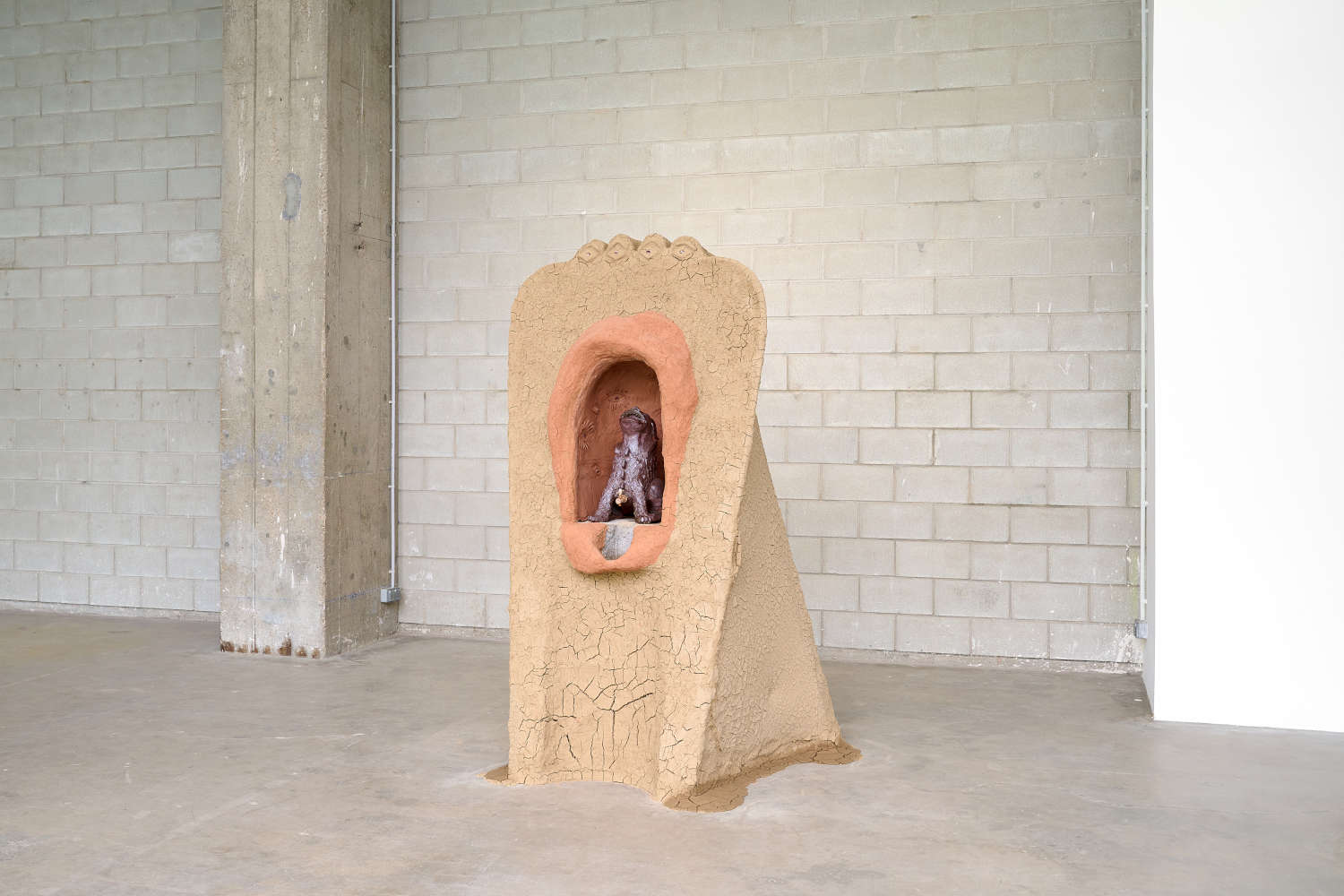
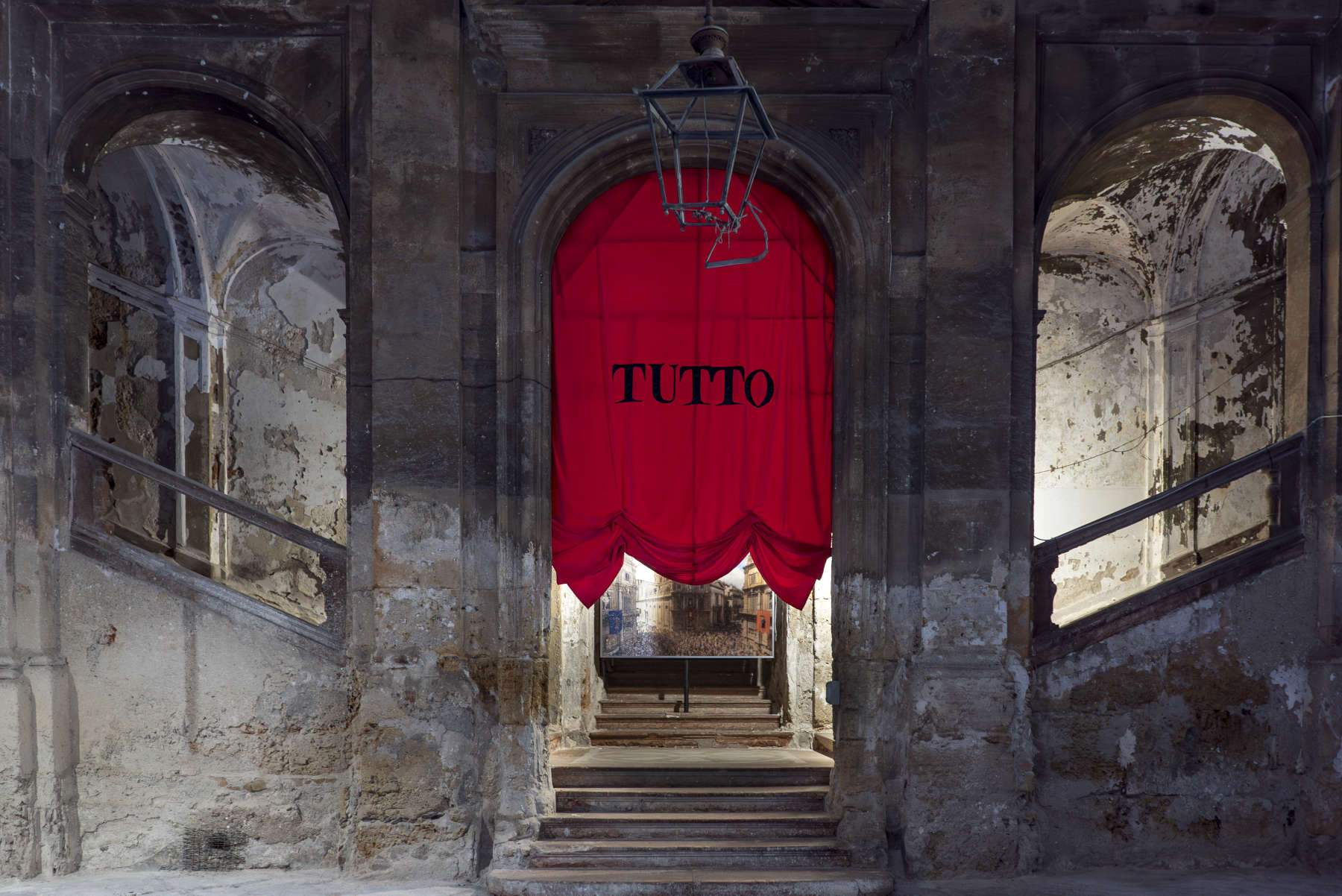
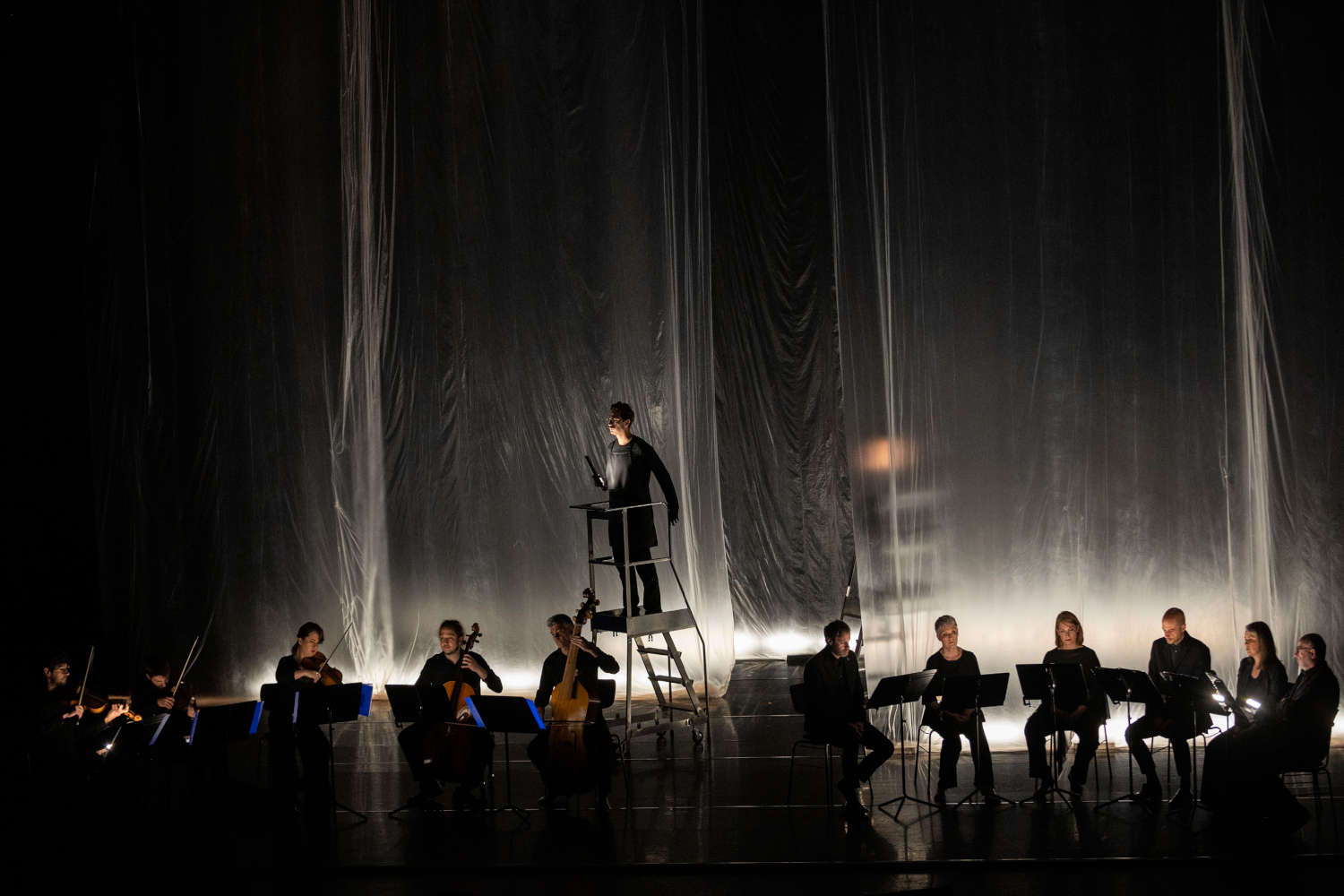
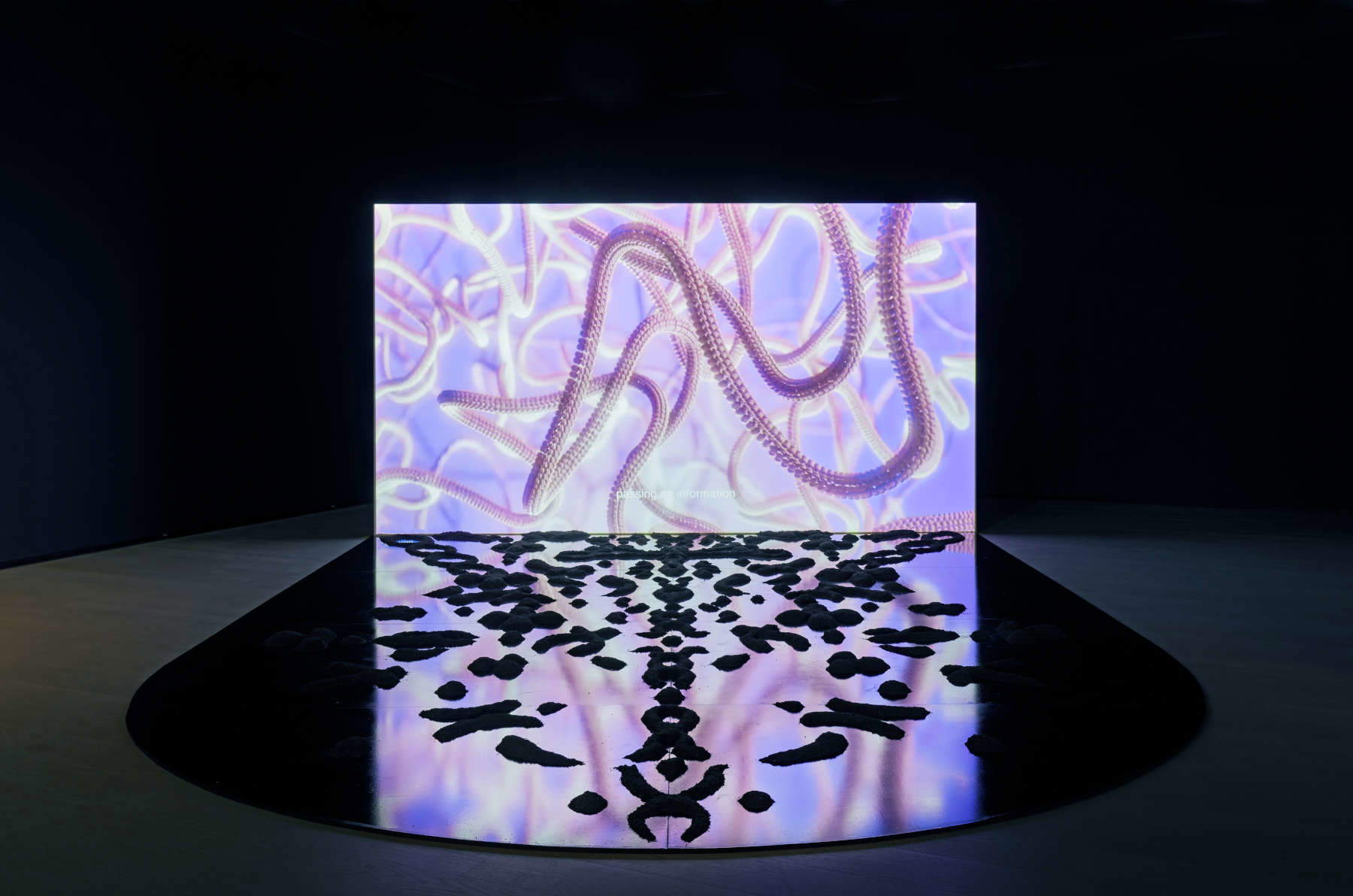
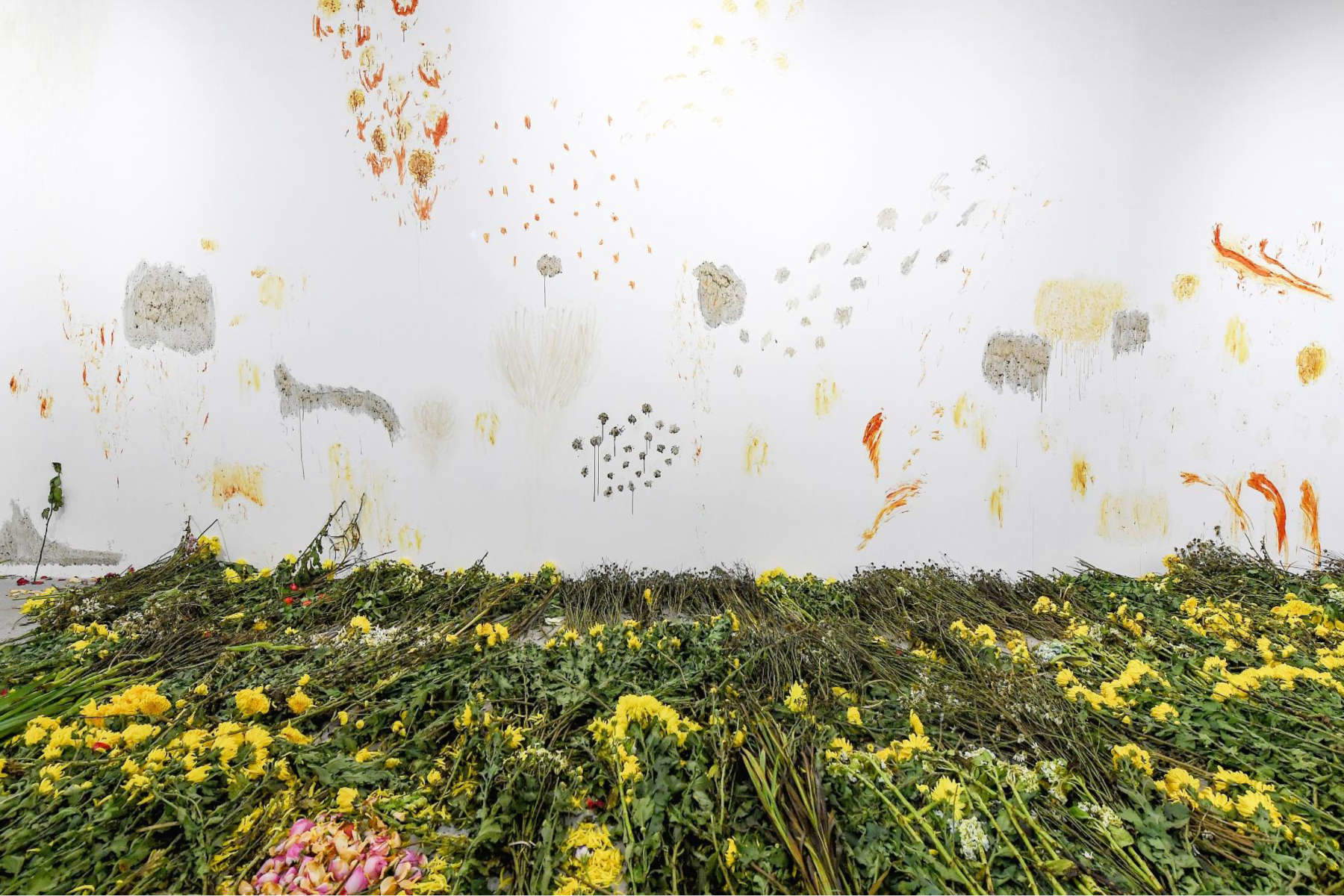
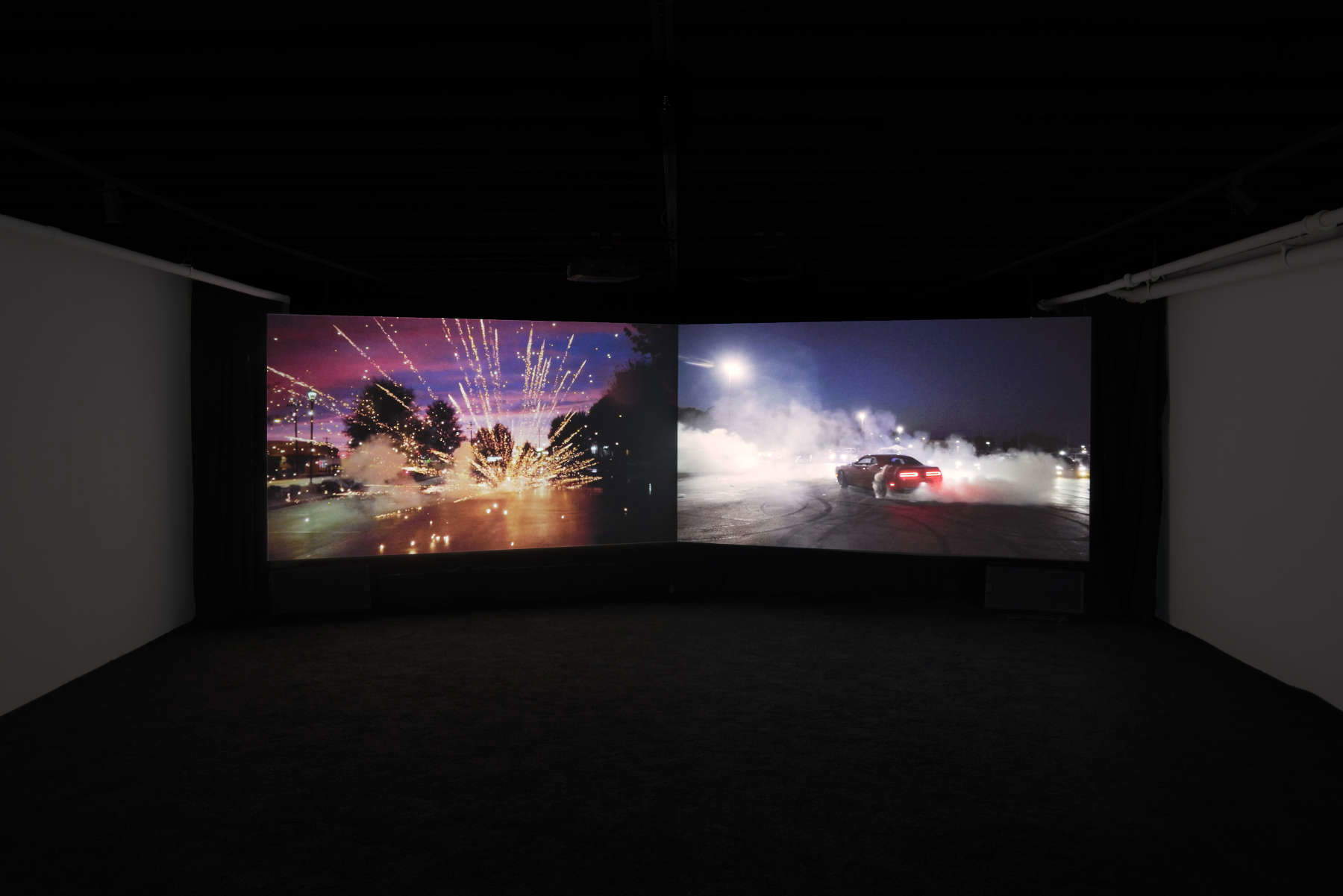
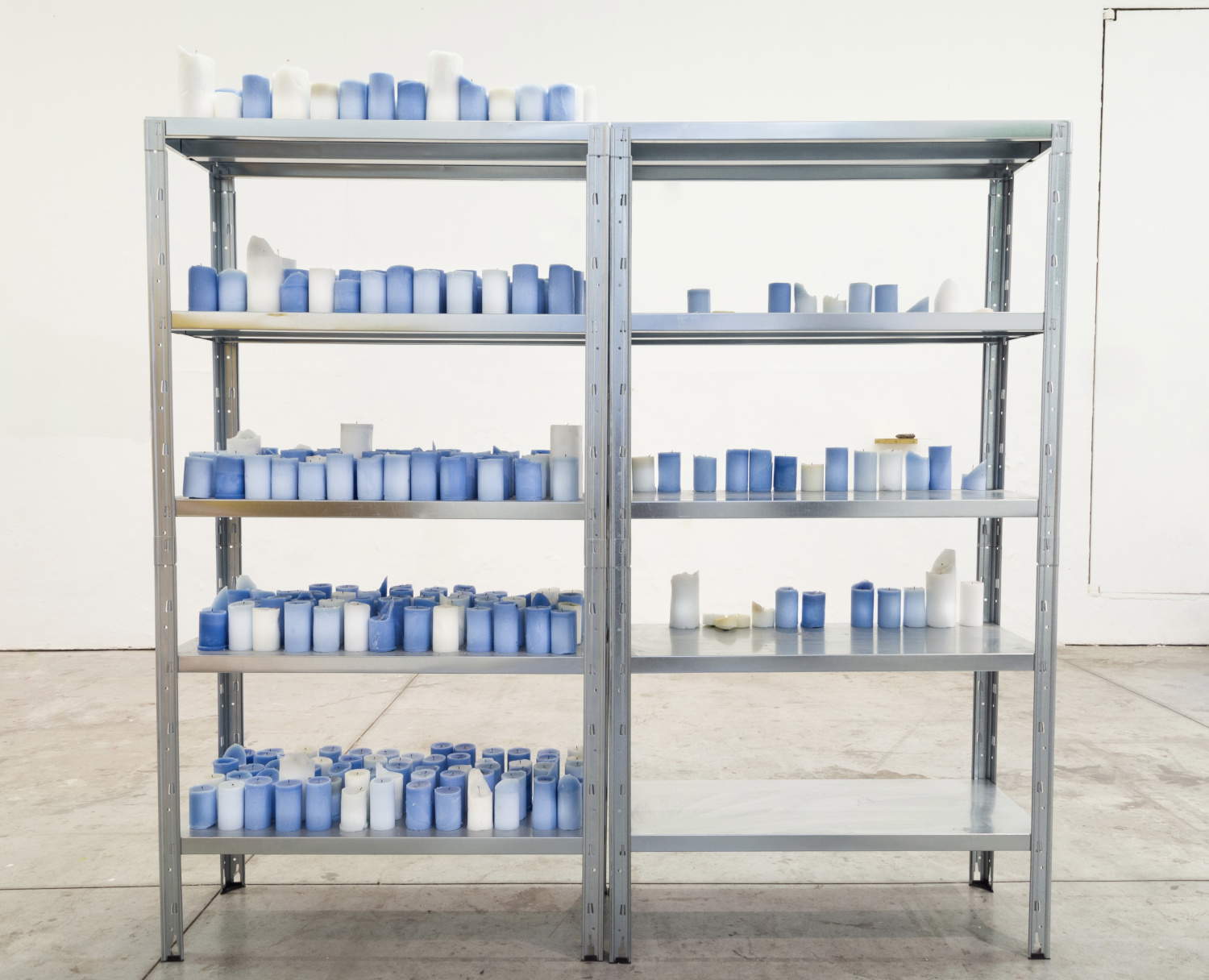
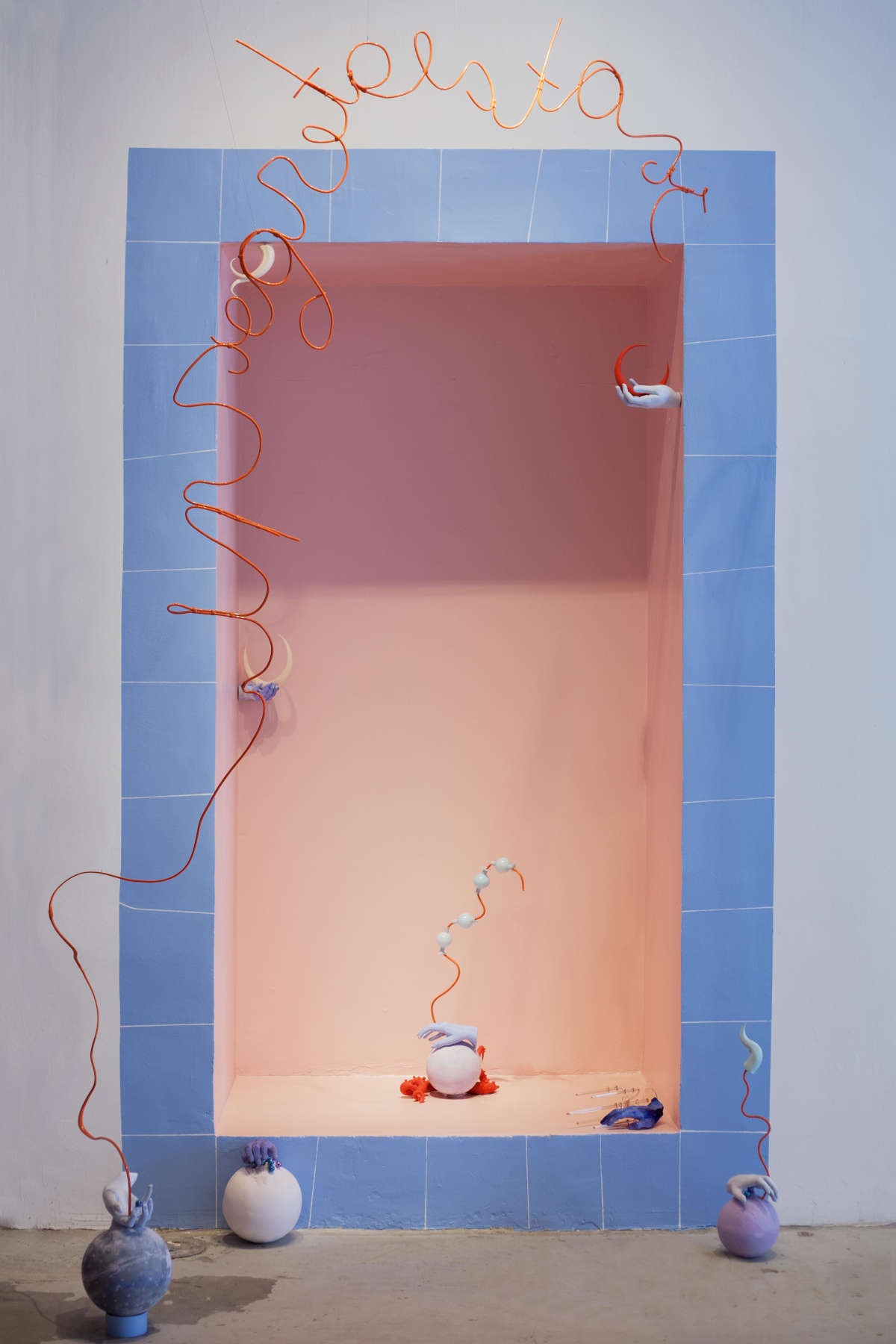
 |
| Sacred is: at the Merz Foundation in Turin, an exhibition by eight young artists on the theme of the sacred |
Warning: the translation into English of the original Italian article was created using automatic tools. We undertake to review all articles, but we do not guarantee the total absence of inaccuracies in the translation due to the program. You can find the original by clicking on the ITA button. If you find any mistake,please contact us.



























